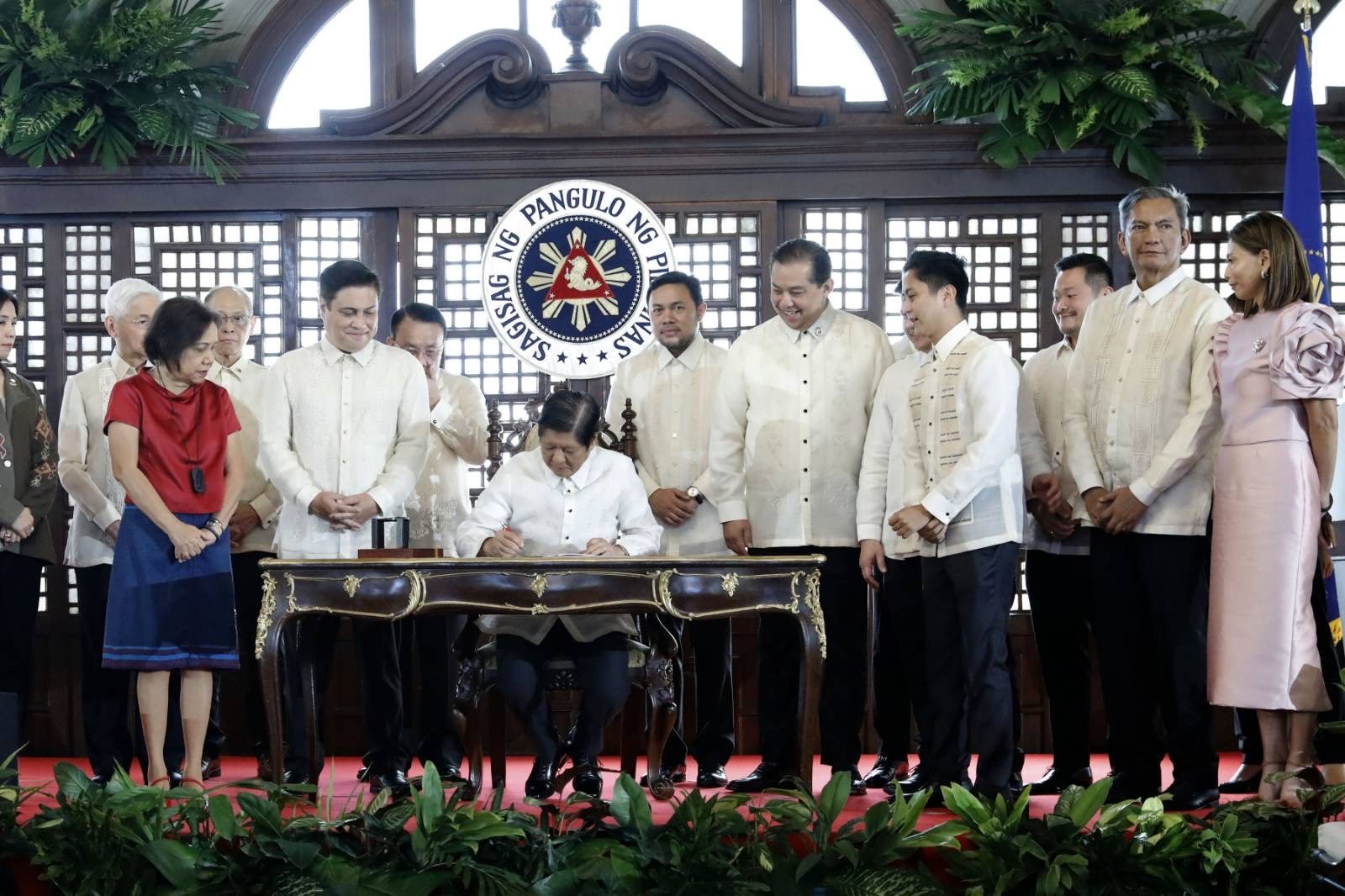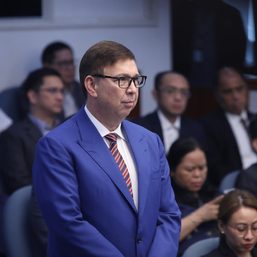SUMMARY
This is AI generated summarization, which may have errors. For context, always refer to the full article.

MANILA, Philippines – The implementing rules and regulations (IRR) for the Maharlika Investment Fund (MIF) Act have been released, marking the next step in the country’s attempt to craft its own version of a sovereign wealth fund.
Finance Secretary Benjamin Diokno confirmed on Tuesday, August 29, that the IRR has been published on the Official Gazette. It will take effect on September 12. (FAST FACTS: What is the Maharlika Investment Fund?)
Malacañang released the IRR on Wednesday, August 30.
Upon its creation, the Maharlika Investment Corporation (MIC) will have an authorized capital stock of P500 billion. The initial P50 billion will come from various government sources, including a 100% dividend contribution of the Bangko Sentral ng Pilipinas (BSP) for two years, a 10% contribution of revenues from government-owned gaming operators, privatization of government assets, among others.
Government financial institutions and government-owned and controlled corporations may invest in the fund as well, but those providing social security and public health insurance are “absolutely prohibited” from putting money in the wealth fund
The MIC can also issue bonds, debentures, and securities to gain more funding, but none of this will be guaranteed by the government.
The MIC’s board of directors will be headed by the finance secretary serving as the ex officio chairperson. The president and chief executive officer of the MIC will sit as the vice chairperson. Other members include the president and CEO of both Land Bank of the Philippines and Development Bank of the Philippines (DBP), two regular directors, and three independent directors from the private sector.
The fund has the ambitious goal of being a “crucial financing mechanism to widen fiscal space, ease the burden on local funds, and reduce reliance on official development assistance in funding big-ticket infrastructure projects,” according to Diokno, who eyed investments in public road networks, tollways, railways, green energy, water resources, agro-industrial ventures, and telecommunications.
The MIF has come under scrutiny for possible economic pitfalls. By creating the MIF, economists worry that funding for some projects could bypass the normal budget process, which could decrease Congress’ power to scrutinize them. Redirecting tens of billions from the Landbank, DBP, and the BSP could also require the government to take on more debt from other sources.
Read the full document here:
– Rappler.com
Add a comment
How does this make you feel?



![[In This Economy] Is the Marcos government unlawfully dipping into PhilHealth funds?](https://www.rappler.com/tachyon/2024/07/marcos-government-philhealth-funds-july-12-2024.jpg?resize=257%2C257&crop=425px%2C0px%2C1080px%2C1080px)


There are no comments yet. Add your comment to start the conversation.